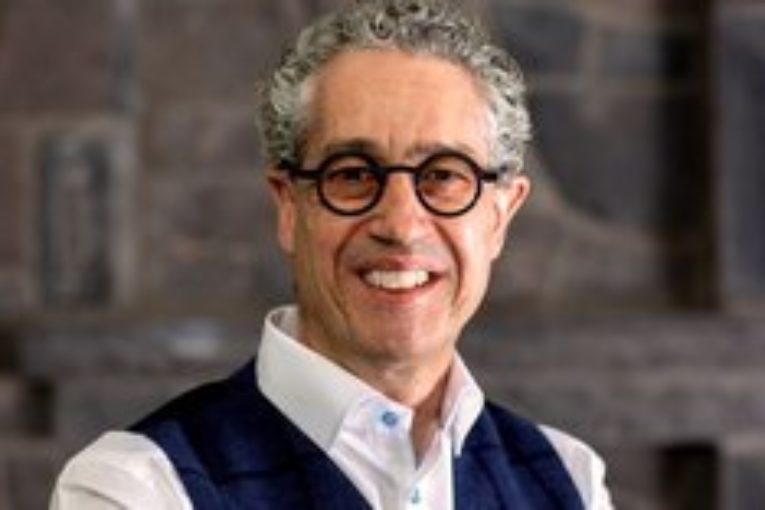
Respected economist and author Peter Tertzakian didn’t want to write “a dry business book” for a third time — and the reception he has received to the release of his third book would suggest he’s succeeded.
Tertzakian introduced The Investor Visit: Disruption, Denial and Transition in the Energy Business at Globe 2020 in mid-February in Vancouver.
He said the reception from the 70 people who participated in a discussion about the book was surprising, even to the noted author and commentator.
“The idea was to create a book club type of environment,” Tertzakian said after the conference, which is the largest one devoted to discussions around sustainable business models. “There was so much interest we had to limit the number of participants.”
The author of two bestsellers — A Thousand Barrels a Second and The End of Energy Obesity — Tertzakian said his latest work was the outgrowth of an eight-year-long intellectual exercise, which led him to conclude that the business book format needed to change.
“This has been a passion project,” he said, adding that it revolved around a collection of memorabilia he had amassed over many years, most revolving around his interest in energy issues and transformation.
The book is part of a larger multi-media project called Energyphile , which combines stories, discussion guides, vignettes and objects from Tertzakian’s personal collection. It is aimed at helping readers think about energy issues in an objective way.
The website contains much of the content in the book, as well as audio stories and other participatory content.
A key theme in the book is the premise that if readers have an understanding of energy history, they are better able to comprehend what’s happening now in the energy sector and to have a better grasp of the future of energy.
But instead of telling the story in a traditional way, Tertzakian weaves fictional themes throughout the book, making it as much a work of fiction as non-fiction.
There are 10 short stories in the book, all aimed at enhancing the reader’s understanding of the history of energy.
For instance, a chapter entitled “Alfred Dickie’s Utility Bill” deals with a character of that name who once had a successful lumber business in Halifax, which was bankrupted after the rise of natural gas as a heating fuel. Dickie, once skeptical about the emergence of gas, is taught a valuable lesson about the arrival of new technologies and how a new source of energy can transform societies.
Today, consumers in most of Canada pay one-third of what Alfred was paying for gas service.
Another key message is that consumers should be aware of where their energy is coming from, something that is not the case in a world where gas is pipelined to their homes, rather than hauling wood or coal to those same homes.
There’s another short story about a semi-fictional technophile who is determined to develop rocket-propelled vehicles. The lesson is that some technologies are ahead of their time and remain so for many decades.
Tertzakian cites a 1971 Popular Science article about the Voltair, an electric vehicle that never became a commercial success.
A later chapter entitled “The Great Aha” deals with what prevents disruptive technologies from being adopted as quickly as might be assumed.
There’s a lesson there for those who are predicting the end of the internal combustion engine, said Tertzakian, pointing to consumer preference for SUVs, the lack of infrastructure for EVs, especially in developing nations, and other barriers.
Another chapter is devoted to Bankhead, a former coal mining community in the Canadian Rockies which is now a ghost town, after the company developing the coal mine went bankrupt.
Tertzakian, who points out that despite decades of “end of coal” warnings, five times as much coal is consumed now worldwide than 50 years ago, said the Bankhead sketch is not an “end of fossil fuels” themed story.
He said the approach of this “deconstructed business book” can almost be compared to a Netflix series, with future work likely to involve other authors and commentators.
“This is just the start,” he said. “We already have the stories in the making for season two.”
You can read more of the news on source
